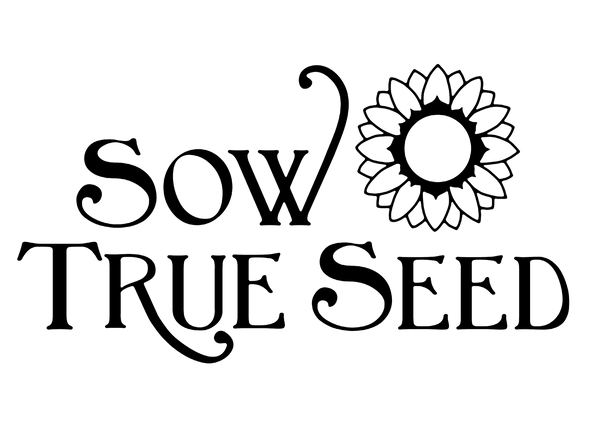Onion Seeds - Cipollini Yellow
$3.25
Unavailable for 2024
Allium cepa
Sweet flat onions well known for pickled products or roasting whole. These 3-4" diameter onions are best when eaten fresh. Long day.
Out of stock
- Planting Information
- Growing Information
- Seed Saving
| Packet weight | Approx. seeds/ packet | Bulk packet weight | Approx. seeds/ bulk packet |
| 1 g | 200 | 1/8 oz | 700 |
| Planting Season | Ideal Soil Temp | Sun | Frost Tolerance |
| Spring/Fall | 50-95°F | Full Sun | Very Tolerant |
| Sowing Method | Seed Depth | Direct Seed Spacing | Days to Sprout |
| Transplant or Direct Seed | 1/2" | 1" | 6-16 |
| Mature Spacing | Days to Harvest | Production Cycle | Seed Viability |
| 3-6" | 80 | Biennial | 1-2 years |
There are three different categories of onions: short-day, long-day, and day-neutral. These categories are based on what plant hardiness and growing zone you live in. If you choose the wrong type of onion for your area, you may not get a very successful crop.
Plan on starting the onion seeds indoors, 8 to 10 weeks before the last frost date. This will give the seedlings a head start. It will allow them to germinate into healthy seedlings before you transplant them outside.
Fill a container with a dampened seed starting mix. The container should be about 4 inches deep, and have some drainage holes. It can be any shape or size you want. Plant the seeds according to the label on your seed packet. Mist them lightly with water, and then cover them with a 1/8-inch-thick layer of seed mix. Gently pat the soil with your hand when you are done.
Keep the seeds warm and damp until they sprout. Cover the seeds with a humidity dome, or cover the seeds in starting mix and plastic. Keep them someplace warm, about 70 to 75°F. If it is too cold where you live, place the containers on a heat mat. Expect to see the seedlings emerge after 7 to 10 days.
Limit the humidity and warmth once the seedlings sprout. Take off the humidity dome or plastic cover and move the seeds to a cooler spot. Keep the soil moist, and remember to fertilize it. The best type of fertilizer is diluted fish emulsion or compost tea.
Plant the seedlings at least 3 inches apart. Refer to the packaging that the seeds came in; this will tell you how far apart the seeds should be spaced. If you lost the packaging, space the seedlings 3 to 4 inches apart.
Water the seedlings. Once you have transplanted the seedlings, give them enough water to dampen the soil.
Water the onions frequently, and never let them dry out. Consider adding some nitrogen to the water to keep the onions healthy. Do not feed nitrogen heavy fertilizer past mid-July, however.
Onion, Allium cepa
Pollination, insect; Life Cycle, biennial; Isolation Distance, 1 mile
Onions are an insect pollinated biennial, and can be a challenge to keep pure. Keeping flowers covered and hand pollinating with a paintbrush is often the safe way to go. Allow seeds to ripen and dry on the plants, then harvest quickly to avoid losing seeds. Further drying in a paper bag will probably be necessary before separating seeds from the flowers. Flowers will likely need to be staked as they will become heavy with seeds.


